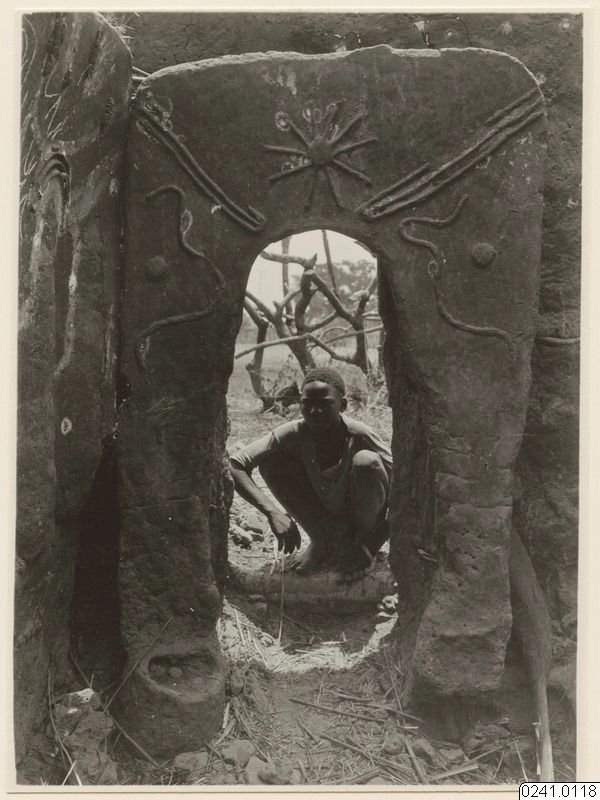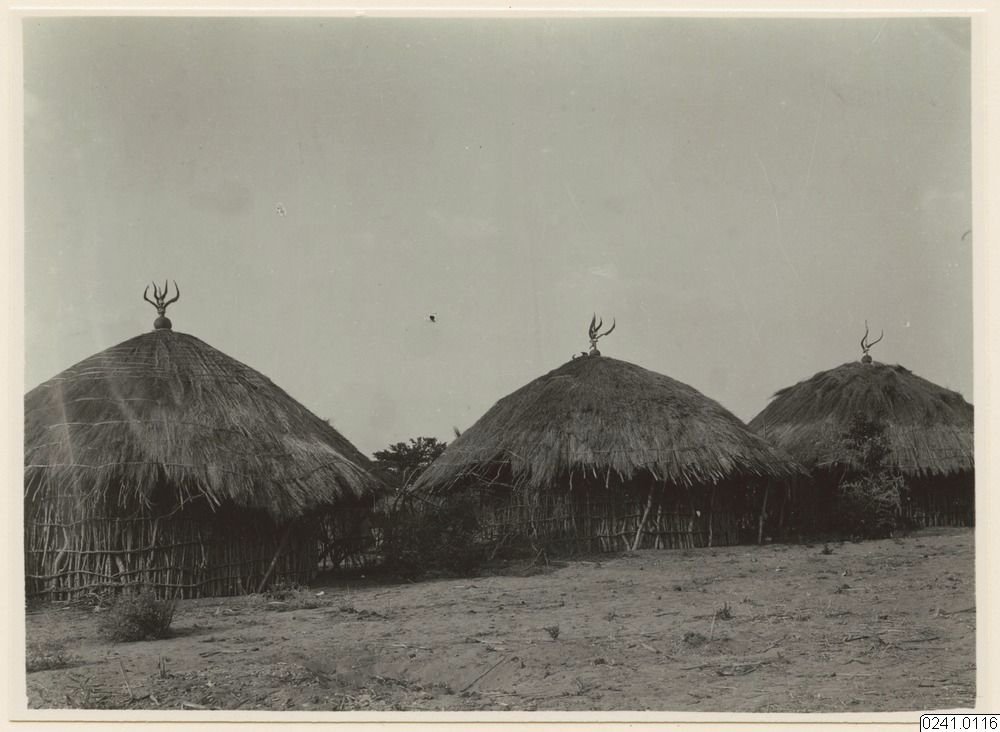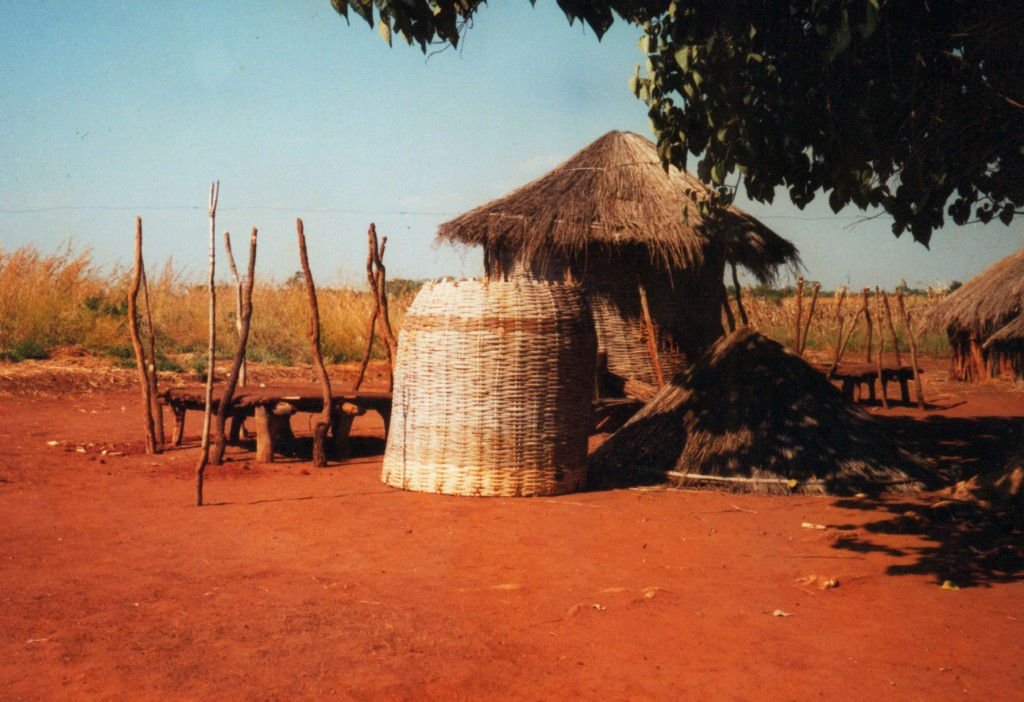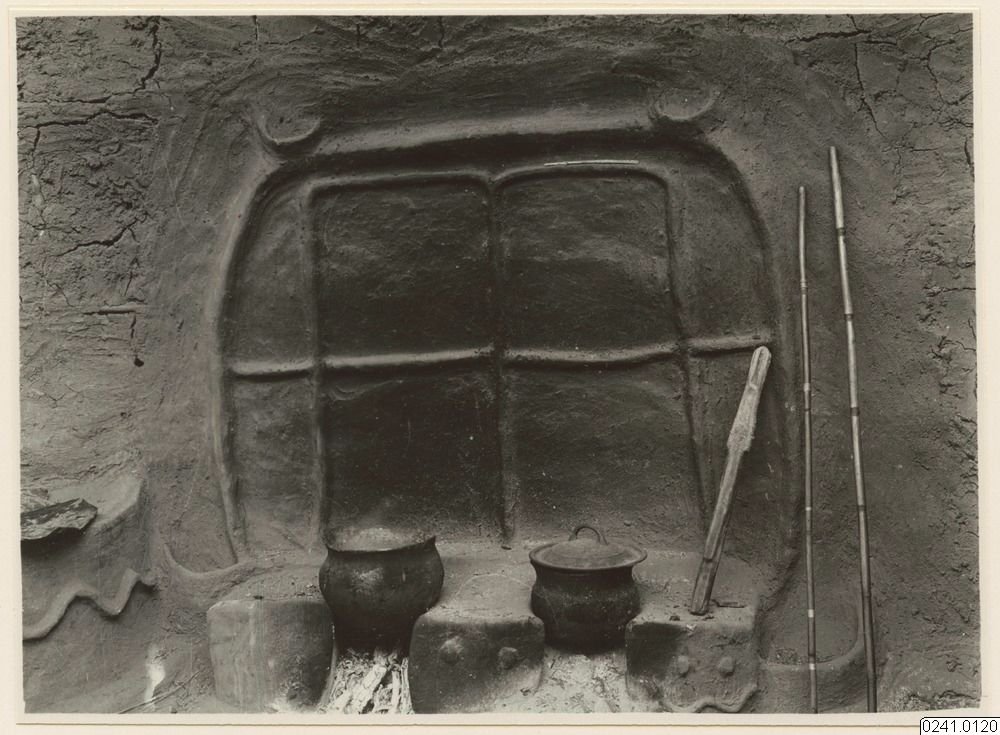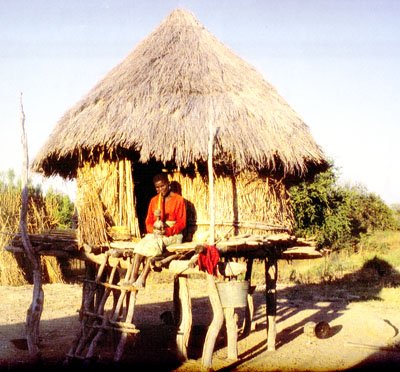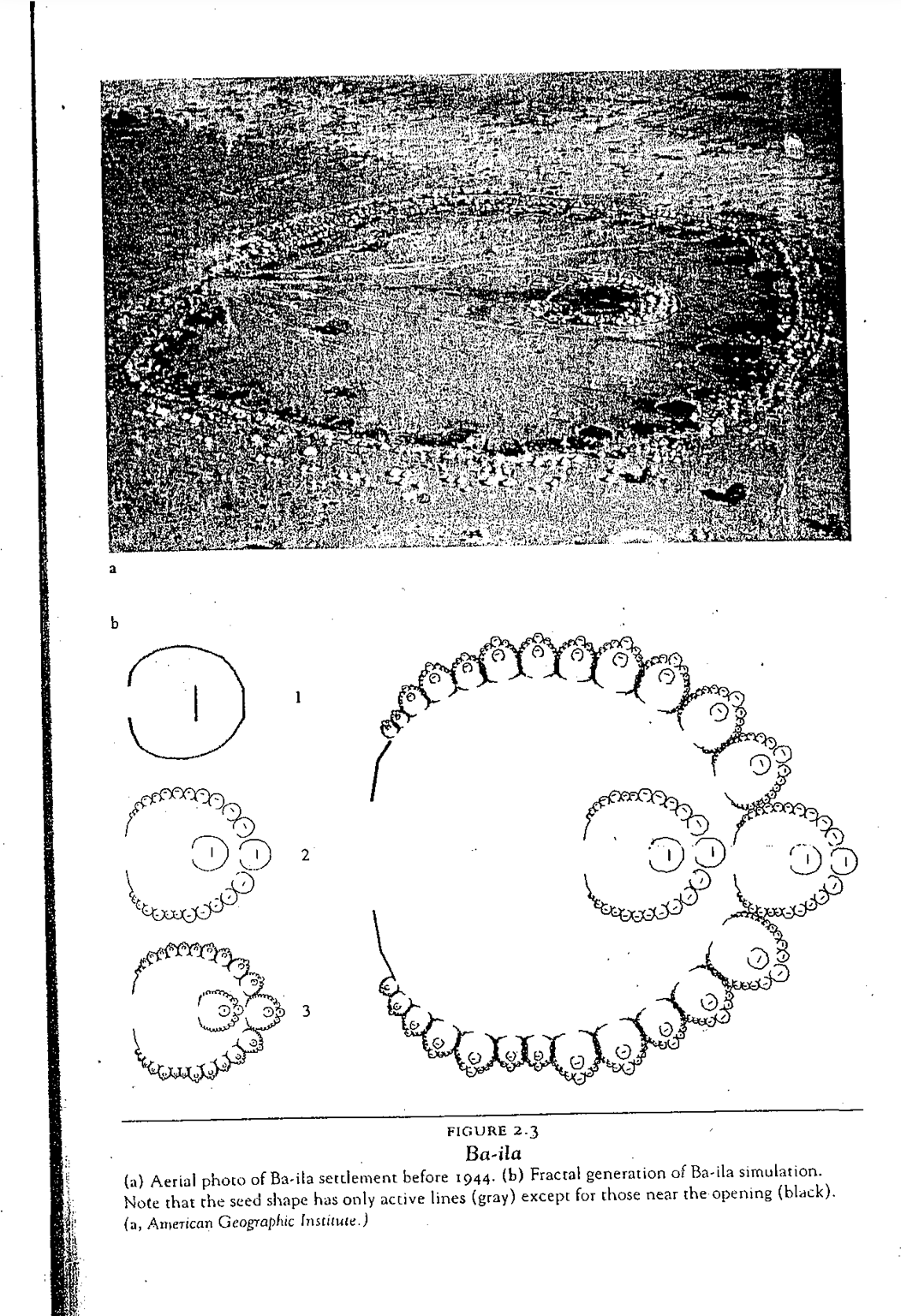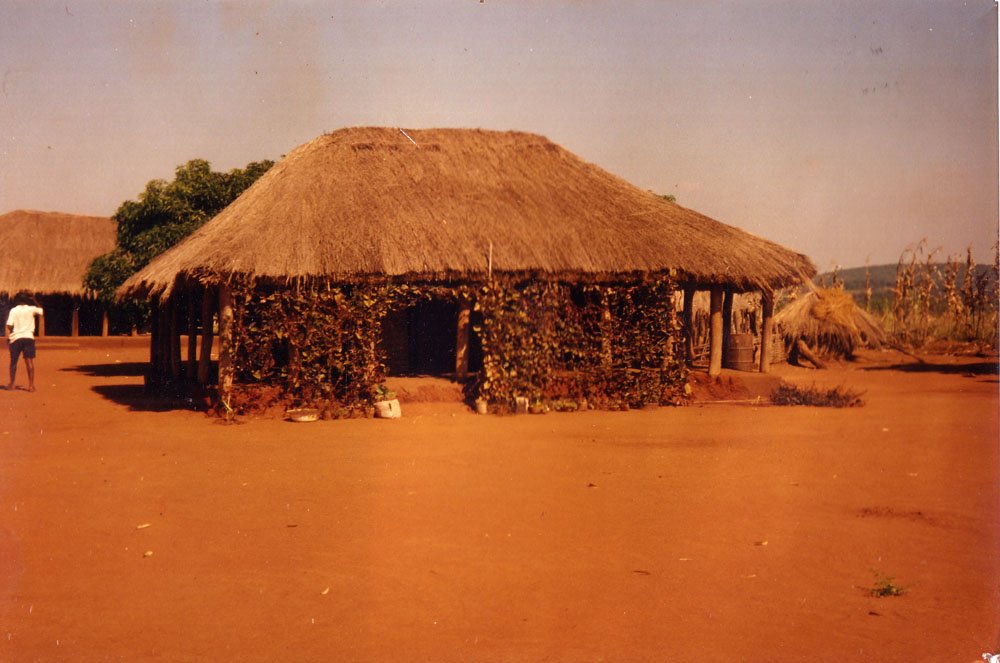
Zambezian Vernacular Architecture
I’ve been pulling at threads of thought in process of reviving the conversation and implementation of Zambezian Vernacular Architecture, what an eye opening journey of discovering our interconnectedness to all that is earthly. In conversations around sustainable architecture it is often that indigenous knowledge is sidelined for its innovation and resourcefulness. It is important to highlight that a number of homesteads and buildings were and are made with utmost respect and consideration for the environment.
“When we go back into Zambia’s history, we learn that between the 1600s to 1900s, Zambia was at a convergence point of the popular Bantu migrations from both the Northern regions and Southern regions. This resulted in 73 tribes settling in Zambia and a mixture of similar architecture skills ensued.
We should now look at the commonness of the building materials that the Bantu people of Zambia used. These included grass from the Savannah grasslands, tree branches, soil from hills of different earth color, and fiber from the trees.”- Lapson Musyanyi
Fractals in Ba’ila Architecture
African Fractals: Modern Computing and Indigenous Design by Ron Eglash
Rutgers University Press; First Edition (March 1, 1999)
Found Images
